The Fight Begins With Format: Why a Data-Driven C2 Platform Is the Future of Army C2
The future of automation and artificial intelligence in warfare begins with structured, interoperable data. As a staff officer, the greatest obstacle I’ve observed to achieving truly data-driven warfighting within the U.S. Army is our persistent reliance on outdated, fighting product formats.
PowerPoint briefs and Excel calendars, while familiar, are siloed and incapable of ingesting real-time battlefield sensor data or supporting end-to-end automation. To unlock the full potential of artificial intelligence (AI), predictive analytics and automated decision-making, I believe our fighting products must evolve into structured, database-backed systems. This transformation will eliminate manual updates and reduce production between warfighting functions aiming to answer the same requirement.
This database-driven approach, in my experience, is crucial for modern command and control (C2) platforms. It creates efficient workflows, ensures live data access and facilitates AI integration. The Army could enforce structured data in all fighting products to ensure seamless interoperability and C2 platform independence. Our systems of record, battlefield sensors and commercial data already exist in readily databased formats. The possibilities are limitless once we embrace structured data.
The Error in Archaic Fighting Products
In my experience, the fundamental flaw in traditional fighting products is that they are not structured data. Data that fits into a spreadsheet is structured. Most fighting products exist in PowerPoint or as floating shapes in Excel—immediately stale and siloed. Filtering by unit, dates, event types or another property requires an entirely new fighting product. Typically, fighting products that share data but are inherently decoupled by software require independent updates for the same information. The lack of data structure is a limiting factor for interoperability and automation.
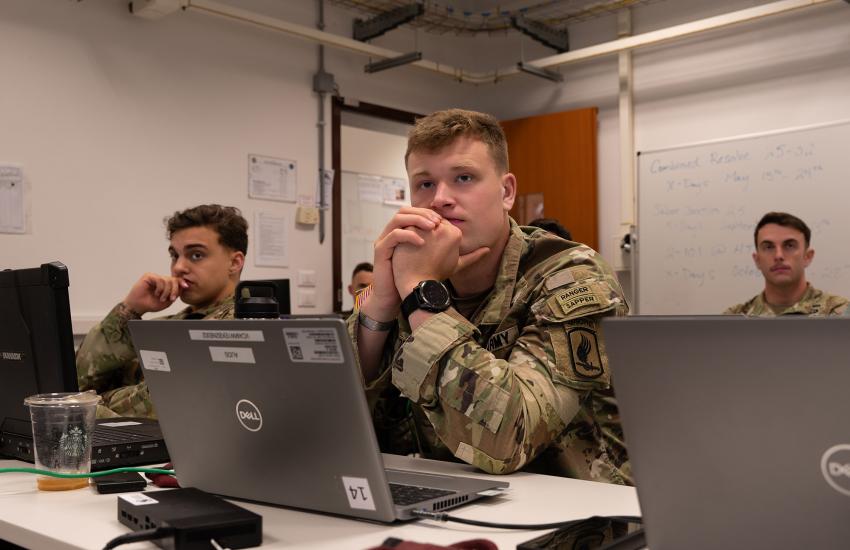
The Modern Fighting Product: Single Source of Truth
The 173rd Airborne Brigade recognizes that the modern fighting product is database-backed. This ensures one ground truth, no duplication of work and easy integration with external data sources. By being database-backed, updating information in one fighting product updates information in every fighting product. The sharing of information nests and laterally synchronizes units and warfighting functions. Data updated by a collections officer will concurrently be reflected in the target synchronization matrix. A company updating its “swim lane” on a calendar feeds the battalion and brigade calendars. Those events on a synchronization matrix can seamlessly display on a map. When named areas of interest (NAIs), objectives or training areas are in a database, they can easily be referenced. One data entry can update all fighting products. One can simply input an objective name with a military grid reference system just once. Input data once, and all fighting products update. Figure 2 shows an example of one data source feeding the 173rd Airborne Brigade’s synchronization matrix, short-range calendar and common operating picture at Swift Response 25.
External Data Integration
Once fighting products exist in a database, they can interact with live, ground truth data from battlefield sensors, systems of record and commercial data.
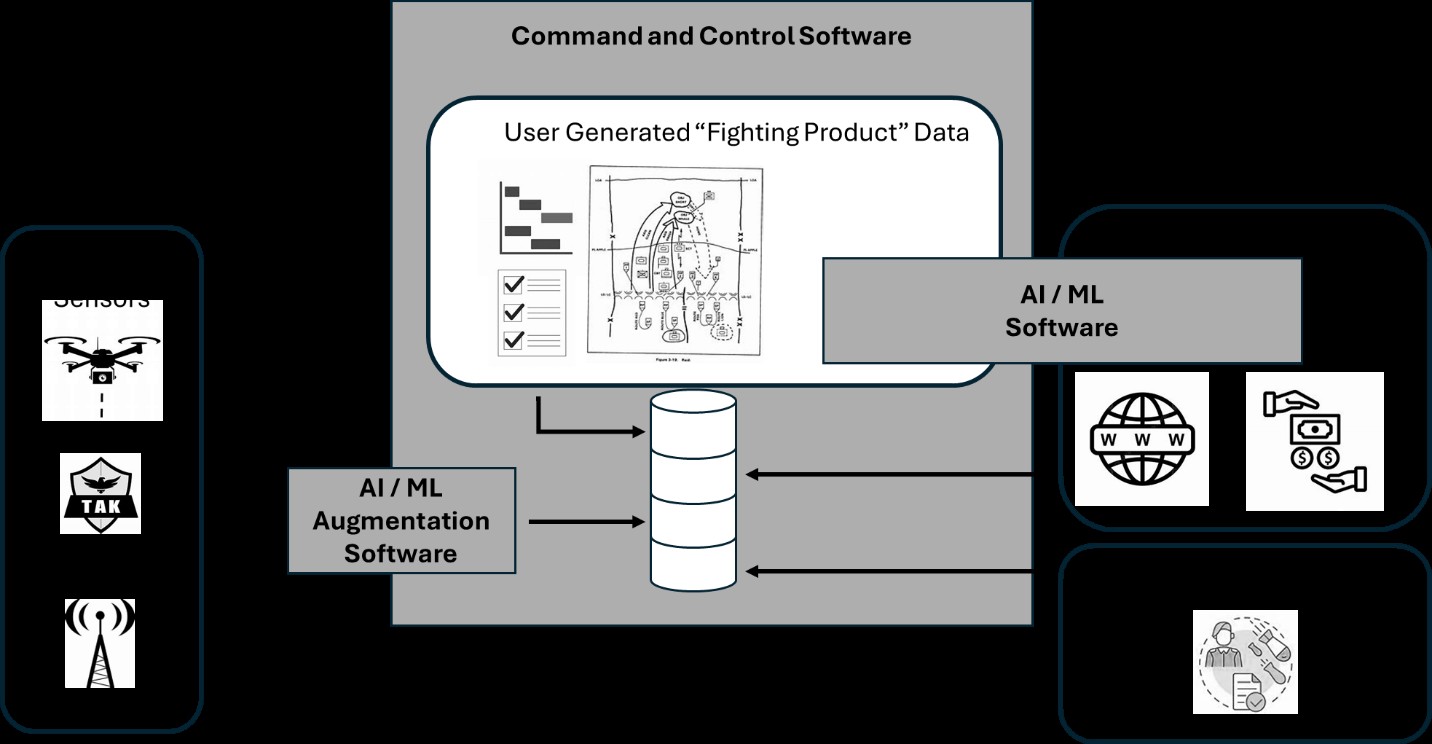
Figure 1: Database Backed C2 Architecture

Battlefield Data
When fighting product data and battlefield sensor data coexist within the same data ecosystem, their components can interact with no manual entry required. For example, position location information (PLI) from an end-user device (EUD) can be ingested into a data ecosystem. Once that PLI identifier crosses a data-rich phase line, an associated ex-check can reflect the progress. Figure 3 is a fighting product automatically populated in real time from Paratrooper’s EUDs while at Swift Response 25. This automation reduces a battle captain’s cognitive load while maintaining quality battle-tracking.
An added benefit of database-driven C2 platforms is the ability to transform data into multiple practical formats. In the 173rd Airborne Brigade, we have engineered multiple ways to analyze PLI. With the default tactical assault kit set up, we created a persistent EUD PLI data set. This revealed the last known location of any EUD in case soldiers lose connectivity. We toggled between the synchronization matrix layer and live PLI on the common operating picture to allow commanders to understand current and projected force disposition.
Systems of Record
A C2 platform that provides a one-stop shop for commanders is crucial. While systems of record data may not be the quickest to update on the battlefield, they are the institutional source of data truth. Global Combat Support System Army data tied to icons on the map provides critical information for battlefield maintenance. A maintenance officer can click on a platoon leader’s PLI icon and see the vehicle they are assigned to and its maintenance history. A battalion operations officer can analyze the number and disposition of javelin gunners across the battlefield.

Figure 2: Parity between database-backed fighting products
Commercial Data
A database-driven C2 platform allows our fighting products to be updated at the speed of commercial data. The use of commercial data is becoming increasingly important on the battlefield. Open-source information can quickly be analyzed to create battlefield intelligence. Applications like Dataminr allow for custom geopolitical news and notifications. Soldiers protecting a country’s border receive notifications of an incident in an adjacent area of operations. Commanders immediately understand local sentiment based on precision news reports, which augment information warfare reports.
Starlink and modern MANET radio data provide telemetry and connectivity statistics across the battlefield. Commanders are granted connectivity analysis of the battlefield that was once only imagined. Layering connectivity patterns alongside operations graphics leads to optimal placement of systems and primary, alternate, contingency and emergency adjustments.
Conclusion
In my opinion, the largest hurdle for the Army to truly conduct data-driven warfighting is the resistance to abandoning old fighting products. PowerPoint concepts of operations are not capable of ingesting battlefield sensors. Excel calendars will continue to require swivel chairs. Modern data-driven C2 platforms are built for seamless fighting product integration—let’s use them.
Maj. Franklin Solano served as the 173rd Airborne Brigade S2 and chief of innovation. He commissioned from the University of Rhode Island ROTC in 2012 and Naval War College in 2022. He previously served in the 75th Ranger Regiment as a company commander, RAS2 and BN S2.
Capt. Bennett Hellman is director of command and control for the 173rd Airborne Brigade’s Bayonet Innovation Team.
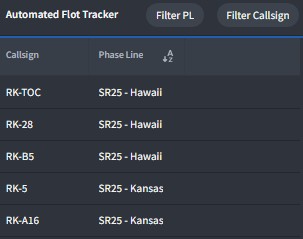
Figure 3: Battlefield sensors filling out fighting product
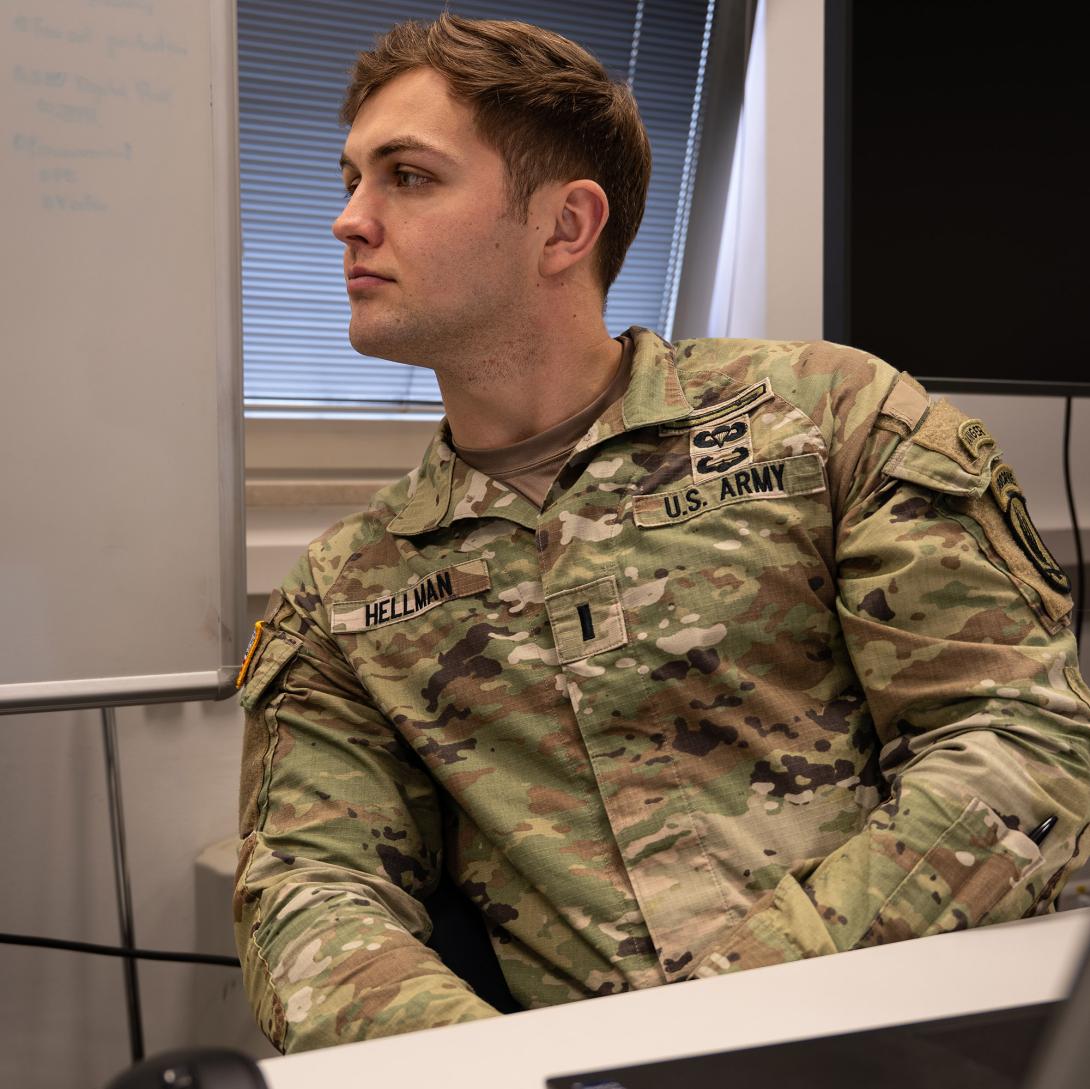
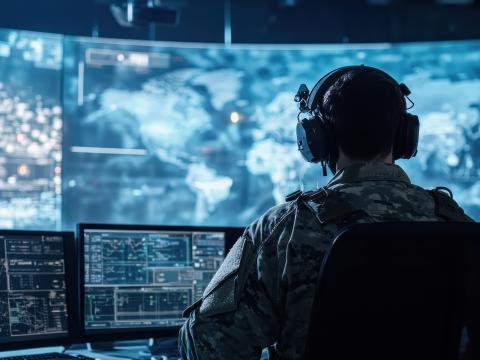
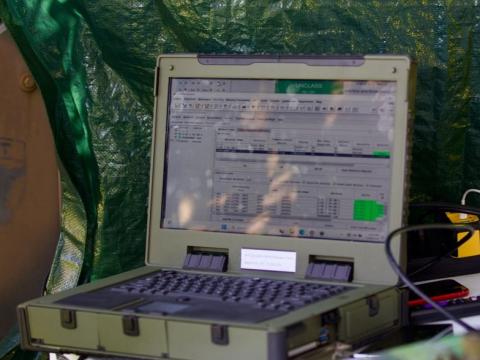
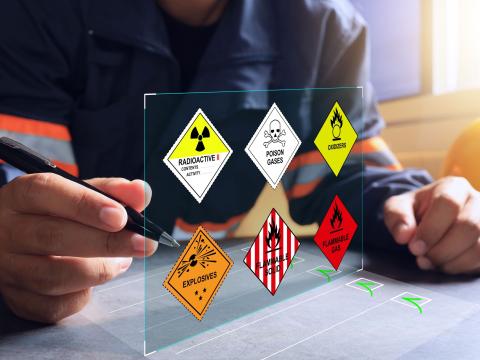
Comments